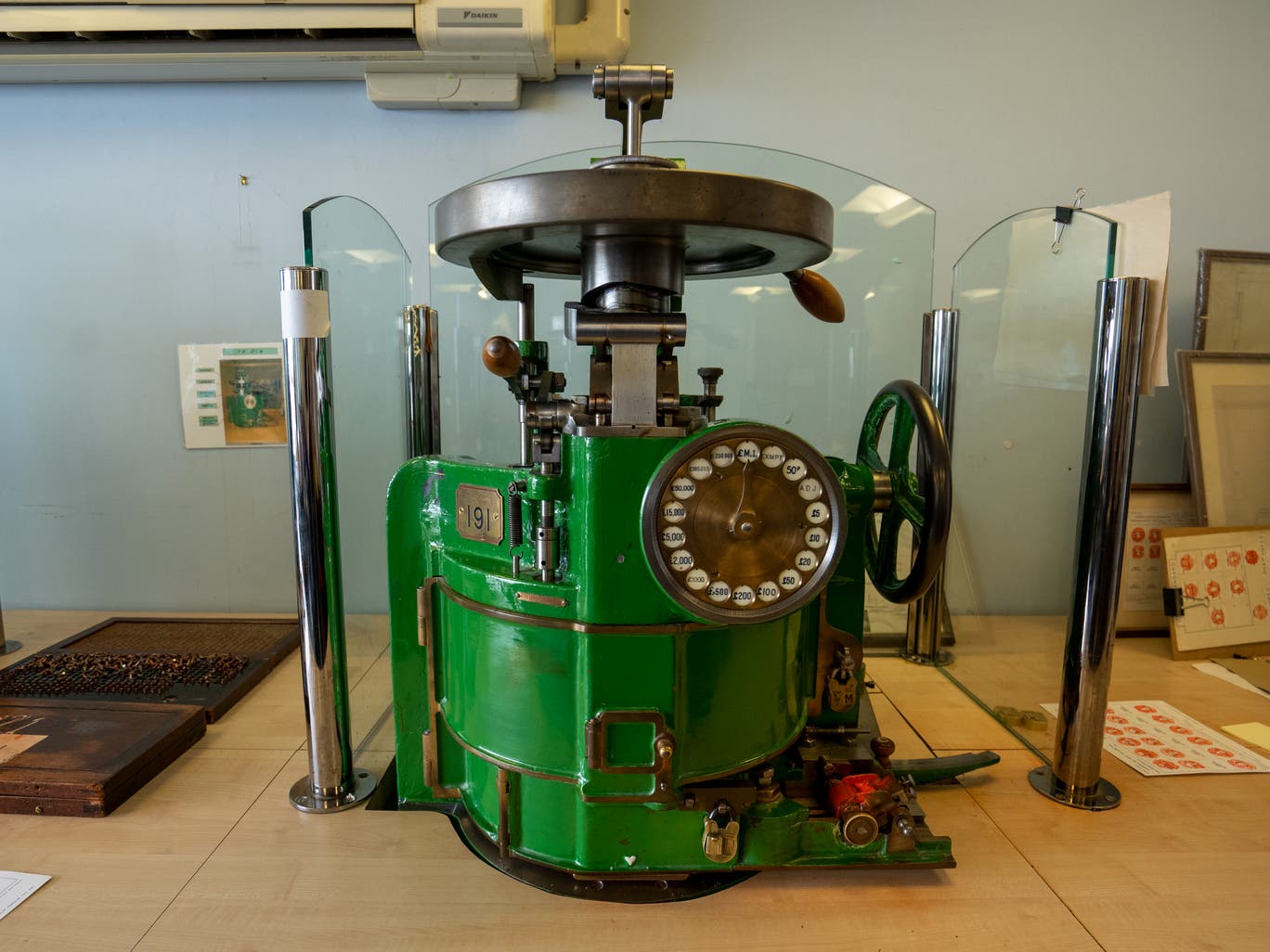Related Reading
.png?width=596&name=Untitled%20design%20-%202025-11-26T170308.553%20(1).png)
Earlier today the Chancellor Rachel Reeves delivered the Autumn Budget 2025. Our Private Client tax team shares their summary of the key tax changes relevant to individuals and owners of wealth.
.jpg?width=596&name=travel-6844908_1280%20(1).jpg)
Thinking of Relocating? How Malta’s Tax Rules Benefit British Expats
Our tax partner, Jamie Favell, was recently featured in The Times, offering expert insights on a rising trend: more British taxpayers are moving to Malta and other destinations in search of a better quality of life and a more favourable...

UK Exit Tax on the Horizon?
The UK government is reportedly weighing a major change to its capital gains tax regime: an Exit Charge, referred to in the press as a ‘settling-up charge’ that would apply to wealthy individuals who leave the UK and retain business assets...
Looking for tax advice?
Complete the brief form below with details of your enquiry and a member of the team will be in touch as soon as possible.


